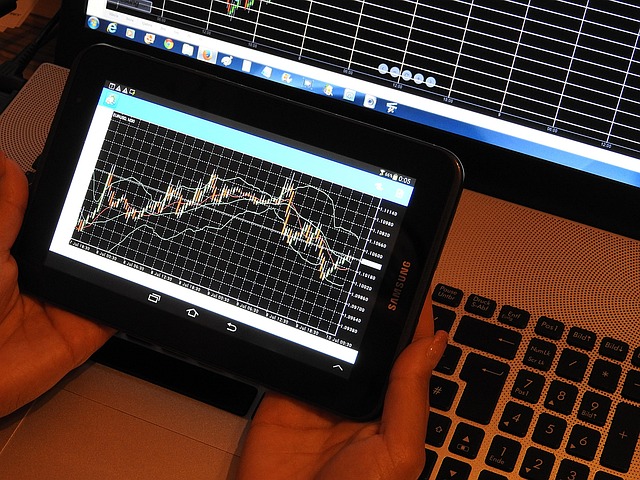In Australia, advanced AI and machine learning algorithms are revolutionizing financial markets through robot trading, offering unprecedented speed, accuracy, and consistency in trade execution. Driven by dynamic market conditions and the pursuit of competitiveness and maximum returns, robot trading is poised to reshape the country’s financial landscape, promising significant wealth within shorter periods due to its ability to analyze real-time data and reduce emotional biases.
In the dynamic realm of Australian finance, robot trading strategies powered by advanced algorithms are emerging as a game-changer. The demand for automated trading solutions is on the rise, driven by the need for precision and speed in today’s bustling markets. This article delves into the world of robot trading, exploring its benefits and challenges. We uncover how AI and machine learning are unlocking unprecedented wealth within these strategies, examining various algorithms, backtesting techniques, and risk management practices that ensure regulatory compliance.
- The Rise of Robot Trading Strategies in Australia
- – Exploring the demand for automated trading solutions
The Rise of Robot Trading Strategies in Australia
In recent years, the rise of advanced algorithms has catalyzed a new era in financial markets, particularly in Australia. Robot trading strategies, powered by sophisticated AI and machine learning technologies, are transforming the way investors approach market participation. These automated systems offer unparalleled speed, accuracy, and consistency in executing trades across various asset classes, from stocks to commodities. By analyzing vast amounts of data in real-time, robot traders can identify lucrative opportunities that human analysts might miss, potentially leading to significant wealth within.
The adoption of robot trading strategies in Australia is not just a trend but a necessity given the dynamic and often unpredictable nature of financial markets. Financial institutions and individual investors alike are turning to these algorithms to stay competitive and maximize returns. As regulatory frameworks evolve to accommodate technological advancements, the future looks bright for robot trading, promising to reshape the Australian financial landscape and redefine what’s possible in wealth generation.
– Exploring the demand for automated trading solutions
In today’s fast-paced financial landscape, the demand for automated trading solutions is on the rise, driven by a need for efficiency and precision in the market. Traditional manual trading methods are no longer sufficient to keep up with the dynamic nature of global markets, especially as investors seek ways to maximize their returns while minimizing risks. This has led to a surge in interest for robot trading strategies, which leverage advanced algorithms to execute trades at speeds unattainable by humans.
Australia, known for its robust financial sector and forward-thinking approach to technology, is witnessing a significant adoption of robot trading among both individual investors and institutional traders. The promise of wealth generation within shorter time frames, coupled with the potential to mitigate emotional biases that often plague human decision-making, makes automated trading an attractive proposition. As more people recognize the benefits of robot trading, the demand for sophisticated algorithms that can navigate complex market conditions is only expected to grow.
The integration of advanced algorithms into robot trading strategies has sparked a new era of wealth creation within Australia’s financial landscape. As the demand for automated trading solutions continues to grow, these innovative systems offer both accessibility and efficiency to investors. By leveraging robust algorithms, Australian traders can now harness the power of technology to make informed decisions at lightning speed, potentially increasing their chances of achieving significant returns. This shift towards robot trading underscores the country’s commitment to embracing digital transformation in the financial sector.
